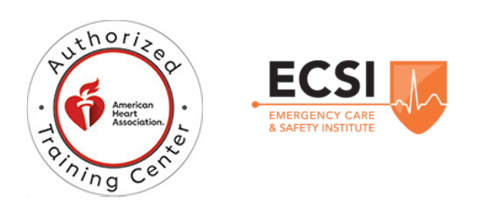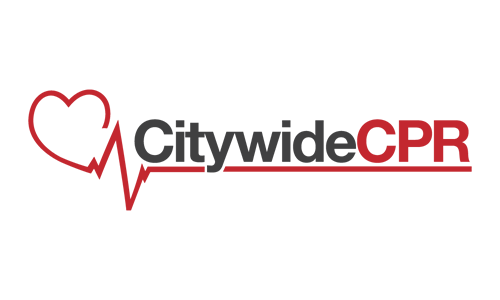There’s no such thing as a person being born a hero. In most of the cases, heroism is borne out of one’s desire to overcome one’s fears and do something to change the situation. That being the case, we can, therefore, technically call people who are willing to take a risk and help save another people’s life with the use of CPR as heroes. Unfortunately, there are times when there are very few who are willing to be heroes.
In Los Angeles, officials have started an investigation on why there is a considerable amount of time before CPR is started by the bystanders. Included in the investigation is the fact that it takes time for the 911 operators to give instructions to bystanders on what to do to the victim. So what’s causing the bottleneck.
There are a number of reasons why there would be a bottleneck when it comes to the administration of CPR. One of the most common, however, is the hesitation of the bystander brought about by the lack of knowledge on how CPR should be done. Although most of us would have undergone CPR training or Basic Life Support seminar, there are only a few who actually take to heart what they have learned. Some, even if they know what to do, cannot put themselves to the task because they are not really confident in what they would be doing. It is dilemmas like these that have cause the American Heart Association to change how CPR is done.
If you are one of the few people who do not jump in and take the necessary actions in order to revive an unconscious person because of the lack of belief that you can carry out the procedure, well, fear no more. The American Heart Association has recently made some changes in the way CPR is administered.
For people who cannot be bothered with counting how many breaths or compressions need to be done as part of the resuscitation process, the change in the process would be like a breath of fresh air. This is because the new procedure now calls for more hands-on compression. What brought this about is the result of recent studies that suggested a higher survival rate among victims who had compressions immediately upon losing consciousness and absence of breathing, and whose compressions lasted until paramedics arrived or until the victim was revived. This means that, even if your CPR “skills” are rusty, there is a chance that you would still be able to save a person’s life. All you have to remember is to make at least a hundred compressions per minute. Each of these compressions should be at least 5 cm deep. Of course, you have to keep in mind that the quality of each compression is more important than the quantity. After all, your primary aim is to provide artificial circulation in order to prevent tissue necrosis especially those concerning vital organs such as the brain.
The best way to be sure that you are doing the right thing is by undergoing a CPR Training and Certification Program such as the one being provided by Citywide CPR.





